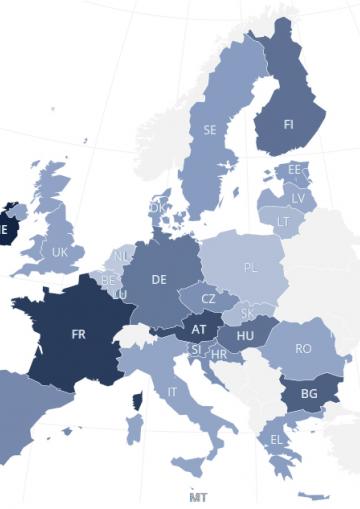
Mapping minimum age requirements concerning the rights of the child in the EU
FRA collected data and identified key findings in the areas listed below. More variables for each area can be found in the data explorer.
- Defining different age groups
- Age for marriage and sexual consent
- Children and citizenship
- Age for political participation
- Children and religion
- Age requirements and health
- Asylum and migration procedures
- Children in the digital world
- Social rights
- Employment and finance
- Education
- Alternative care
- Lesbian, gay, bisexual, transgender and intersex (LGBTI) children's rights
- Mobility
The maps and tables presented on the following web pages show the national legislative provisions on age requirements in various policy areas and domains for protection and participation rights of children. A summary of key findings for each area is provided under the maps and tables.
For further details about how minimum ages affect the rights of children, the FRA research and related work by the European Commission, see the background information.
Research – The information was collected through Franet, FRA’s multidisciplinary research network. The information was shared in September 2017 with all EU Member States through the European Commission’s informal group of experts of rights of the child, with the request to check the accuracy of the data or update any data if relevant.
Timeline – The reference period was until April 2016. Any legislative developments since then have been included whenever relevant or if known.

